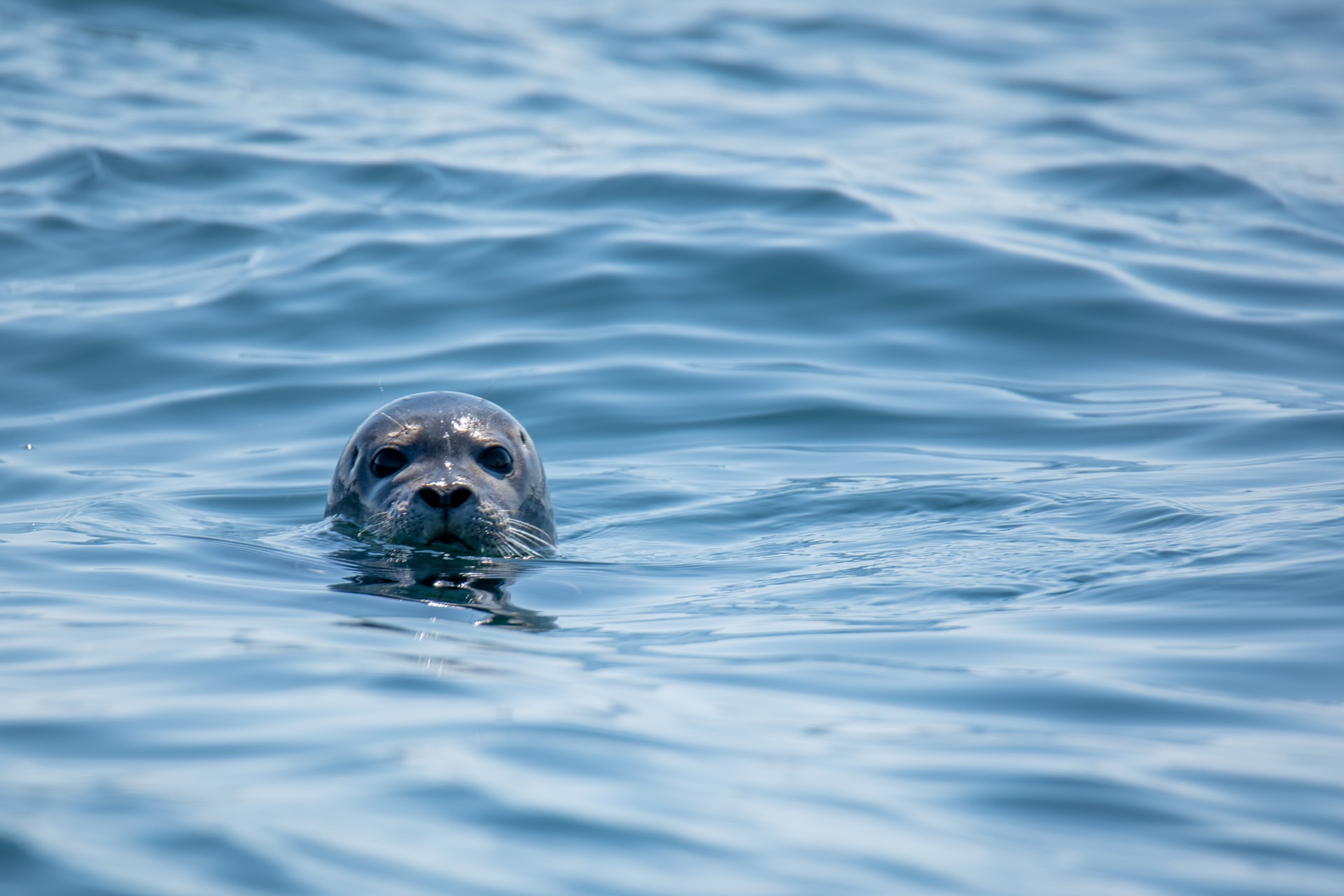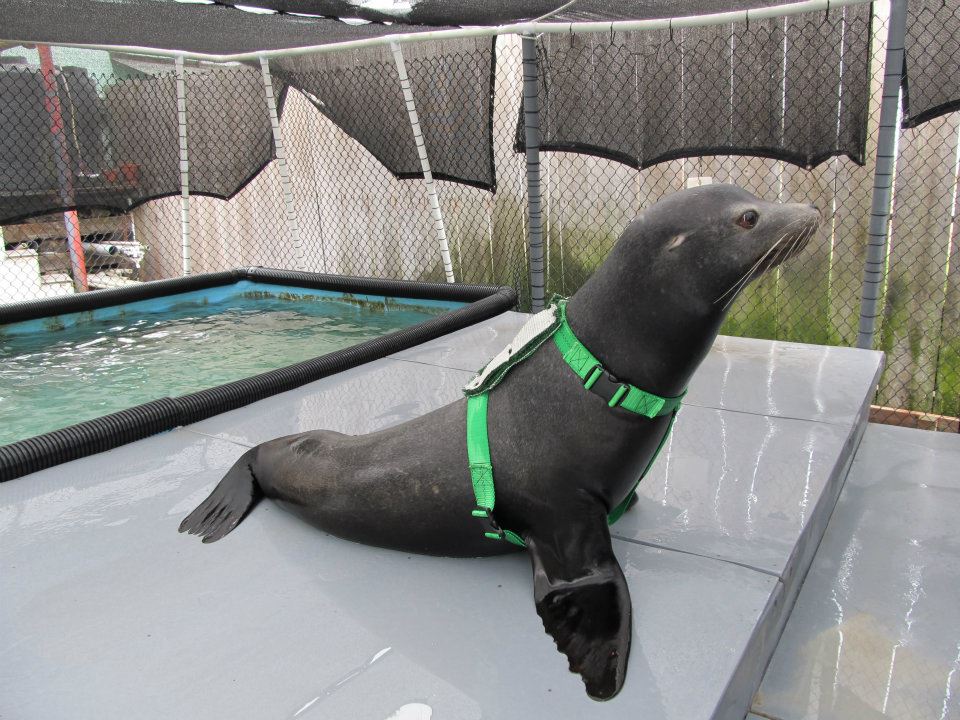Nutritional Physiology
My work in nutritional physiology focuses on the examination of blubber fatty acid profiles of Alaskan harbor seals and Steller sea lions. Because blubber fatty acids are largely derived from diet in these animals, we are able to use them as a proxy for diet and examine how they differ and change over time. In this study, I was able to use two large multi-decadal data sets to examine (1) spatial and temporal differences in blubber fatty acid profiles of Alaskan harbor seal populations, (2) examine blubber fatty acid profiles among pregnant and lactating harbor seals, and mother pup pairs, and lastly, (3) compare regional and seasonal blubber fatty acid profiles of Alaskan harbor seals and Steller sea lions to examine the degree of prey partitioning between these species. As a sentinel species in Alaska, the ability to survey blubber fatty acids of harbor seals provides a way to not only monitor diet changes that could lead to population level impacts, but also provides a means to oversee prey community changes and ecosystem health within the regions they inhabit. This work is a collaboration between Baylor University and Alaska Department of Fish and Game.


